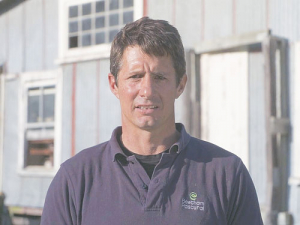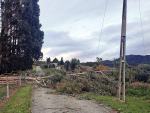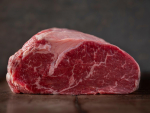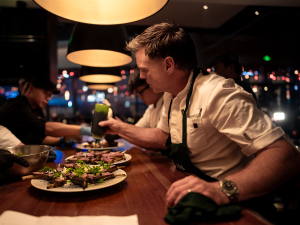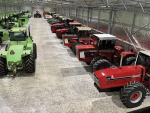Farmers on the lower east coast of the North Island have welcomed heavy rains, which have fallen in the last week.
Wairarapa Federated Farmers president William Beetham says where he farms, just out of Masterton, they had 150mm of rain. Other areas had up to 200mm and further north, in the Tararua district, about 50mm fell.
“This is absolutely gold because it has recharged the waterways and dams and has started to soak into our soils,” Beetham told Rural News.
“The rain comes at exactly the right time when the sun is out and it’s still warm and we’ll really be able to grow feed for winter.”
He says, until the rains came, the situation was dire for many farmers – even though the Wairarapa is known for its summer droughts. Many were faced with delays in getting space for their stock in freezing works, due to the slowdown in exports to China caused by COVID-19.
There has also been an ongoing shortage of supplementary feed as farmers have been forced to feed this out early.
“With this latest rain we will be able to grow feed for winter, but we will have to manage things really carefully through this time so we can build feed for winter and look after stock,” Beetham says.
“A lot of farmers will still be feeding out supplementary feed for a while yet. There is still quite a bit of straw, hay and grain available. But baleage, which is pretty critical, has been very difficult to get hold of there is basically none left in the North Island.”
Farming with COVID-19
Beetham says COVID-19 has unquestionably changed the way farmers farm.
He told Rural News the closure of the sale yards came at a critical time when people traditionally buy and sell stock. He adds this combined with drought and delays in getting stock processed at the works is a concern.
Beetham says farmers are having to put in place a number of changes to keep their businesses going during the pandemic.
“Farmers are having to constantly change how they do business as the situation evolves.”
Beetham has three properties – two in the Wairarapa and one on the Kapiti Coast north of Wellington – that presents challenges for himself, his wife and six full time staff.
“For example, making sure that you are disinfecting vehicles, tracking any contractors that come on farm and social distancing and a whole raft of other things,” he explained.
“Also making sure that staff have a letter that if they need to travel, which they can show to the police. They also have to carry photo ID,” he says.

